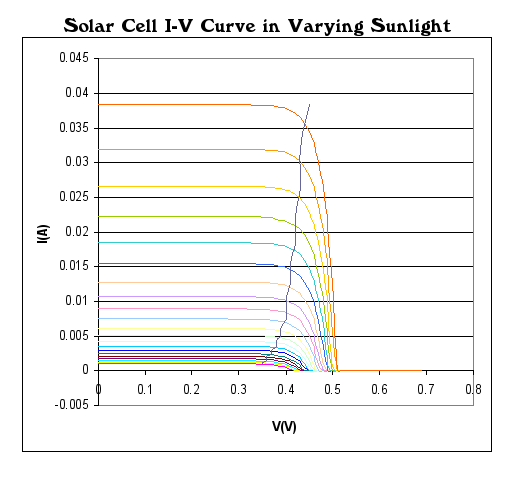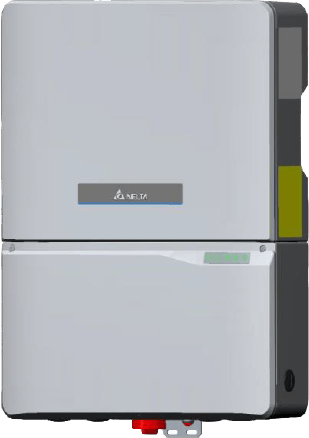Maximum Power Point Tracking Simplified
While a lot of this can be seen as confusing abbreviations the role of a MPPT can also be explained by the much used hose comparison. As far as we know the first instance of this explanation dates back to 2013 from the website Quora.com.
In this explanation we compare a MPPT to your thumb placed over a garden hose. If you keep the end of the hose completely covered nothing gets through. If you remove your thumb completely you get the maximum flow but it doesn’t go very far. By putting your thumb over part of the opening the pressure (in this case pressure = voltage) goes up and the stream is able to reach further. The MPPT is looking for the best placement of your thumb to get the most optimal flow over the required distance.
What complicates this is while water from your hose is delivered at a constant rate the power from solar panels is not. So let’s imagine that the hose is drawing water from many pumps (panels) that are all directing water to you. These pumps vary the amount of water they contribute (panels being shaded, temp changes etc) so the amount of water being delivered is constantly changing.
Let’s say you are trying to water a plant or wash a car that’s about 15 feet away. You will need to keep adjusting your thumb placement in order to make sure you are not falling short or overshooting the goal. In this case the plant or car is the Maximum Power Point and by making these small adjustments we are able to ensure no water is wasted and we hit our mark constantly. It’s the same as an Air Conditioner making adjustments in order to achieve the desired temperature and there are many different ways to help visualise how a MPPT works.


